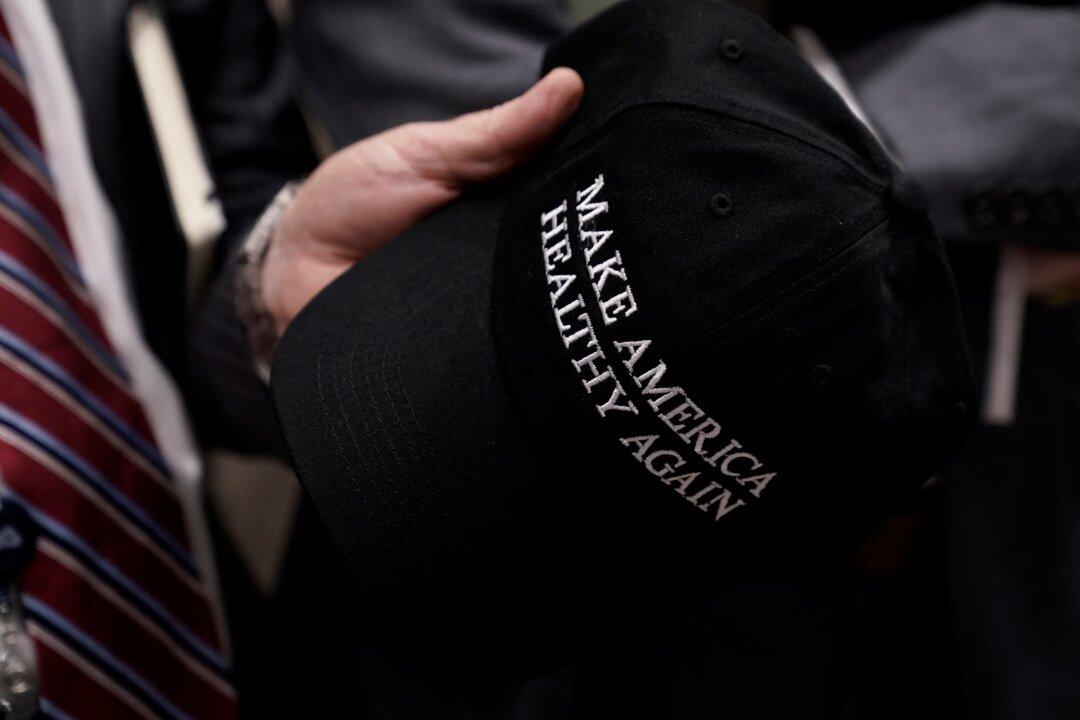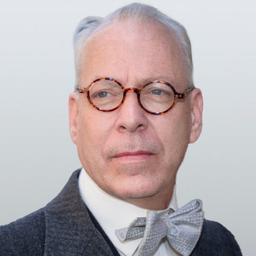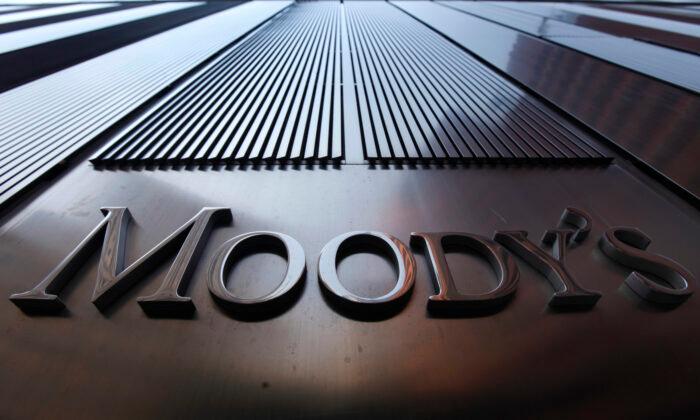Last week, the MAHA Institute had an invitation-only event in Washington, D.C., as their organizational launch in anticipation of a MAHA report to be issued by the Trump administration. On stage was a highly unlikely cast of characters, something with no modern precedent in American politics.
There was a member of the Teamsters Union who called for labor rights, including the right to refuse to be vaccinated. There were ranchers who were demanding the right to sell to consumers and even eschew USDA processing plants. We heard from organic farmers who struggle to survive due to the many ways in which the regulatory framework favors industrial scaling.
There were activists against psychiatric meds. There was a diabetes doctor who learned about unorthodox healing diets from her own clientele. And there were experts in the COVID crisis who called for an end to the enabling legislation to permit the unleashing of countermeasure on the general population.
There were many others, covering most aspects of domestic policy. The mix was intriguing: homeschoolers, labor unionists, medical doctors, moms with injured kids, pastors angry that their houses of worship were forcibly closed, and people concerned about growing surveillance by digital technology. These voices were joined by small businessmen deeply harmed by lockdowns.
Here we have an extremely broad and non-ideological coalition of people who are united in their concern that large and government-aligned institutions are robbing people of their personal autonomy.
As I listened with both agreement and amazement, I took note of some just-out-of-college interns at my table who had just come to D.C. to work for a traditionally conservative think tank. That think tank had people on stage with highly unlikely allies.
I pointed out to them at some point that this version of conservatism to which they are being exposed would have been unrecognizable 10 years ago. They did not really understand what I meant. I left it at that and said no more.
I was an intern in D.C. just like them decades ago. It was the waning years of the Cold War. We moved from event to event. I worked in the Senate Press Gallery. I went to all the luncheons. It was a time of tremendous binaries in public life, and one overriding one: the United States versus the Soviets. That was the one supreme reality and everything else fit within it.
From that template, the notions of liberal and conservative were formed. Liberals were soft on the Soviets and favored arms treaties, disarmament, and peace, whereas the conservatives were tough-minded, wanted rearmament, and support for freedom fighters about whom we knew little. In domestic terms, liberals wanted more government spending and taxing, whereas the conservatives wanted less, thus allowing maximum support for enterprise of any sort, including huge industrial pharmaceuticals and agricultural interests.
That constellation of causes, however strangely inconsistent and overly simplified, lasted a very long time. This binary was born in 1952 when Dwight Eisenhower beat Robert Taft in the contest for the GOP nomination. Taft was an old-style America Firster who had no interest in the Cold War—indeed, he saw empire abroad as inconsistent with small government at home. He lost and modern American conservatism was born.
The post-FDR liberalism with which generations became familiar favored more caution abroad and more collectivism at home. No amount of government expansionism displeased them provided it did not concern the military.
What about the constituencies that merely wanted to be left alone to conduct their lives in peace and build a prosperity for themselves without all the annoyances of these ideological binaries? They were sidelined. For how long? I did the math on this. It’s fair to bookend this binary from 1952 until 2024—fully 72 years. This is because it did not end with the Cold War: there were new struggles born that delayed the coming to terms.
What ended it? I would name the moment last fall when Robert F. Kennedy, Jr.—the scion of an old Democratic family—gave up his independent bid for the presidency. There was simply no way he would be allowed to challenge Joseph Biden for the nomination of the Democratic Party. He made the decision, against my own advice, to go independent.
His effort was valiant but the math simply was not working out. Every third-party effort in a winner-take-all system runs afoul of the same problem. People under our system tend to vote against that candidate whom they fear the most, thus squeezing out the third choice even if he is the favorite. This is why we have only two parties. RFK, Jr. got wise to this reality.
There was an assassination attempt on Trump. RFK, Jr. called Trump. They found common ground in opposition to the ruling elites. The rest is history.
What this move did was extraordinary. It brought together people who never knew each other. They started listening to each other and learning from each other. The homeschool moms concerned about vaccine mandates realized the bigger problem was a hegemon that was also corrupting their food and medicine. The people subjected to forced shots, from all walks of life, joined with veterans tired of woke policies that were diminishing the ethos within their ranks. Religious people who had never been involved in politics realized that they had to be in order to preserve their way of life.
As I finally got on stage to speak my mind at this event, I looked at the 200 or so gathered and knew intuitively what was going on in the room. These people simply wanted their lives back with the freedom to manage them according to their own light, without the invasions of big institutions from the outside. It seems like an obvious point but if it is so apparent, why did this insight take 72 years to coalesce into a movement?
I wanted to give the people gathered there a name but I dared not. There is no name. We are not even entirely sure what this is. MAHA suffices for now. We might reach for the word libertarian but the impulse in the room is not that formalized, much less rationalistic. It draws from an intuitive distrust of elites and a ferocious demand for the right to live according to the promise of the Bill of Rights and what the Declaration of Independence promises: life, liberty, and the pursuit of happiness.
Sometimes it is hard to see and fully understand the culture we inhabit in our times. It just seems like the water in which we swim. But take a step back and consider the implications of the existence of this small gathering called MAHA. Nothing like this existed or could have existed even a few years ago. A remarkable set of conditions had to present itself to make it possible.
But now that it does exist, now that the barriers of so many decades have broken down, what comes of it? Politics is only one answer, and that answer is the obvious one. Less obvious is the cultural change this represents. We have here the formation of new friendships, communities, institutions, and movements. They are robust and likely to last much longer than this political moment. They stand ready to change fundamentally to structures of the social order.
This is the bigger picture and it is an important one, much more significant than this press conference or that budget bill or this appointment. All those news items pale in significance to the overarching reality: the end of the postwar ideological binaries and the birth of something entirely new. What are the broad outlines? There are two big teams: the establishment that wants imposition in our lives vs. the people who want to take back their lives.
The MAHA movement, implausibly, happens to inhabit the Republican Party for now but this is an accident of history that could change. This is sometimes called populism but that word too has its limits. For now, I prefer to see the emerging new communities remain undefined by words. It is better just to experience it.
Whatever was is no more and what comes to be on the other side still evades neat ideological categorization. Regardless, it is important and decisive in our times. It will likely play a huge role in the future in forming whatever comes next following the final collapse of the 72-year-long packaging of the familiar barriers to understanding it. For this, we should all be deeply grateful.







